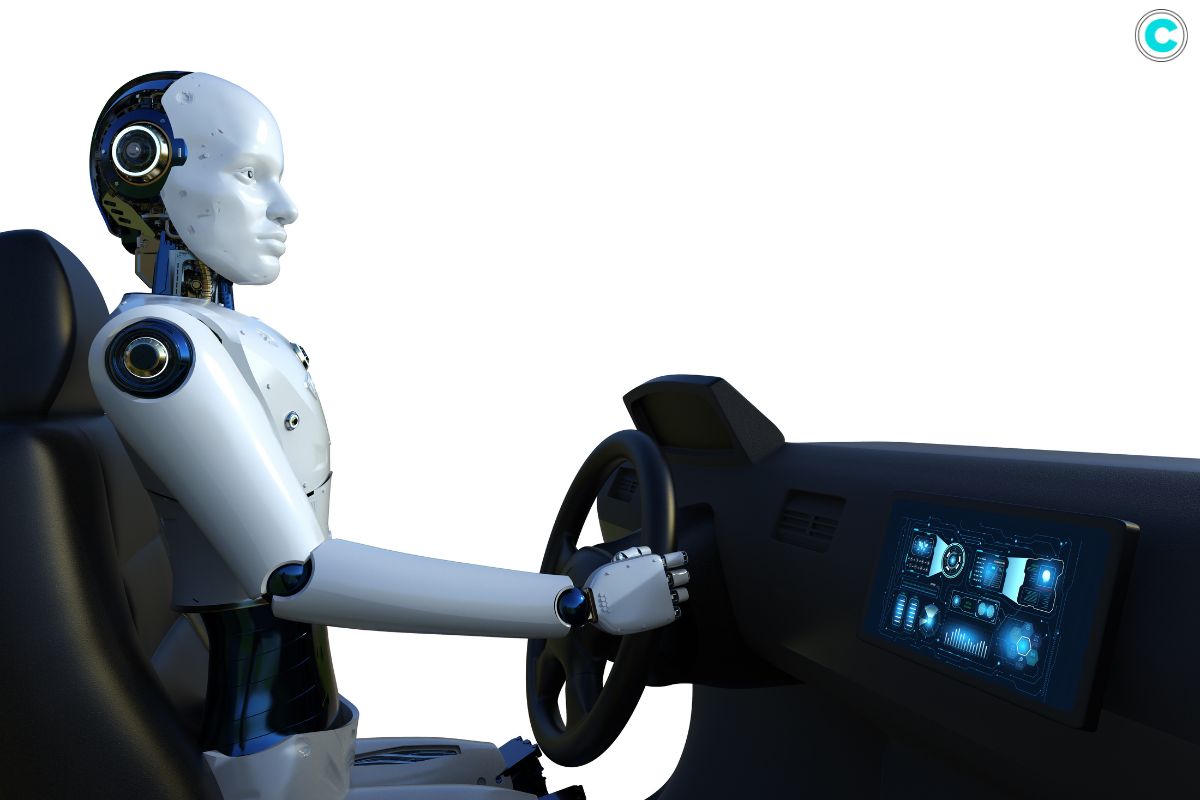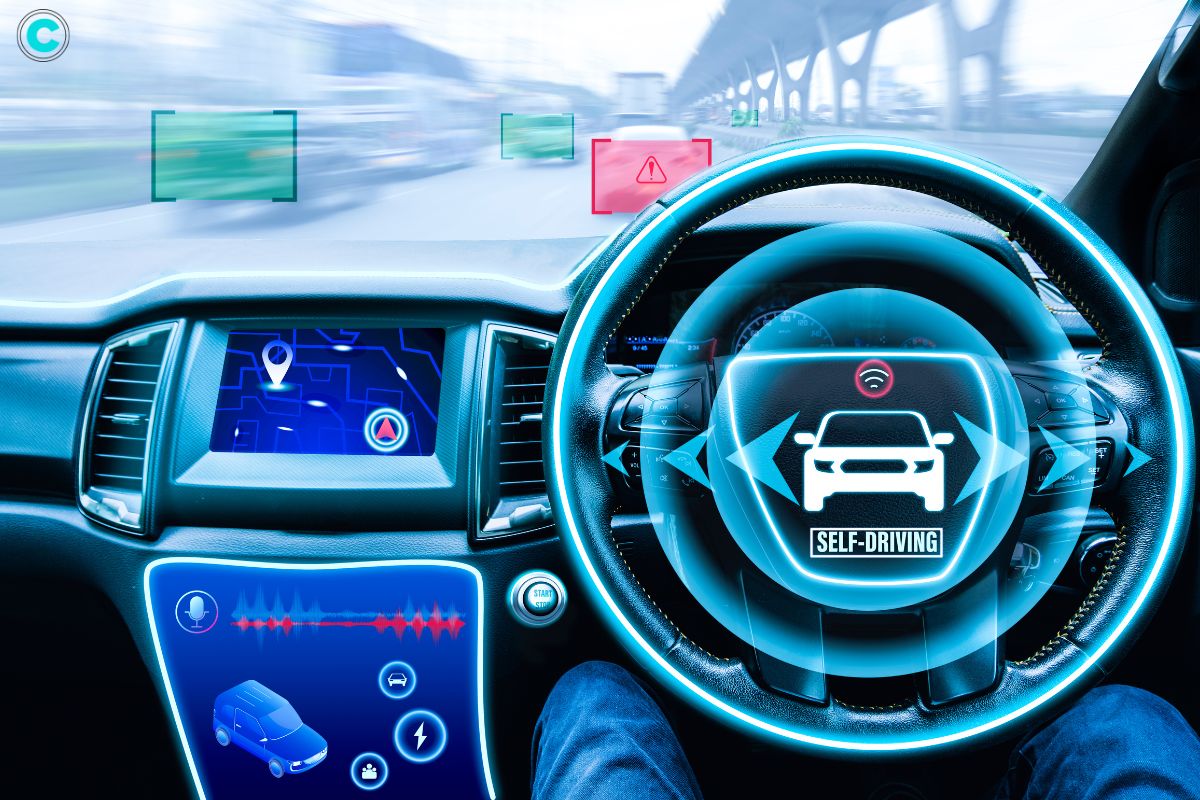Artificial Intelligence (AI) is no longer a futuristic concept but a transformative force across various industries, including automobiles. Artificial intelligence in automobiles refers to the use of machine learning, neural networks, and other AI technologies to enhance the functionality, safety, and overall driving experience of vehicles.
The Evolution of Artificial Intelligence in Automobiles
1. Early Developments
The journey of AI in the automotive sector began with basic driver assistance systems. Features like cruise control, introduced in the mid-20th century, were the precursors to today’s sophisticated AI-driven systems.
2. Major Milestones in AI Integration
Significant milestones include the development of adaptive cruise control, the introduction of parking assistance, and the advent of autonomous vehicles. Each step has brought us closer to fully intelligent and autonomous cars.
Key Components of AI in Modern Vehicles
1. Machine Learning
Machine learning algorithms enable vehicles to learn from data and improve their performance over time. This includes understanding driving patterns and predicting potential hazards.
2. Neural Networks
Neural networks mimic the human brain’s functioning, allowing vehicles to process vast amounts of data from various sensors to make real-time decisions.
3. Computer Vision
Computer vision technology enables vehicles to interpret and understand their surroundings, making it possible for them to recognize objects, pedestrians, and other vehicles.
Autonomous Driving: The Pinnacle of Artificial Intelligence in Automobiles
1. Levels of Autonomy
Autonomous driving is categorized into five levels, from Level 1 (driver assistance) to Level 5 (full automation). Most current vehicles operate at Level 2 or 3, which includes partial automation.
2. Current State of Autonomous Vehicles
Companies like Tesla, Waymo, and others are at the forefront of developing fully autonomous vehicles. While fully autonomous cars still need to be mainstream, significant progress has been made.
AI in Driver Assistance Systems
1. Adaptive Cruise Control
Adaptive cruise control uses AI to maintain a safe distance from the vehicle ahead, adjusting speed as necessary.
2. Lane Keeping Assist
Lane-keeping assist helps drivers stay within their lane by providing gentle steering inputs or alerts when the vehicle drifts out of its lane.
3. Parking Assistance
AI-powered parking assistance systems can autonomously park a vehicle, making parallel and perpendicular parking a breeze.
Enhancing Safety with AI

1. Collision Avoidance Systems
AI-driven collision avoidance systems can detect potential collisions and take preventive actions, such as braking or steering away from danger.
2. Emergency Braking
Emergency braking systems use AI to apply brakes automatically when a collision is imminent, reducing the risk of accidents.
3. Driver Monitoring Systems
These systems use AI to monitor the driver’s attention and alertness, ensuring they remain focused on the road.
AI and Vehicle-to-Everything (V2X) Communication
1. Definition and Importance
V2X communication allows vehicles to communicate with each other and with infrastructure, enhancing safety and traffic efficiency.
2. Applications of V2X
Applications include traffic signal preemption for emergency vehicles, real-time traffic updates, and cooperative adaptive cruise control.
AI in Predictive Maintenance
1. How AI Predicts Failures
AI can analyze data from various sensors to predict when parts are likely to fail, allowing for timely maintenance.
2. Benefits of Predictive Maintenance
Predictive maintenance reduces downtime, extends vehicle lifespan, and lowers repair costs by addressing issues before they become severe.
Personalizing the Driving Experience
1. AI-Powered Infotainment Systems
Infotainment systems powered by AI can offer personalized content, such as music and navigation suggestions, based on the driver’s preferences.
2. Personalized Navigation and Recommendations
AI can provide route recommendations based on real-time traffic conditions and the driver’s past behavior, making every journey more efficient and enjoyable.
Challenges and Ethical Considerations

1. Data Privacy
The extensive data collection required for AI systems raises concerns about data privacy and security.
2. Decision-Making in Critical Situations
AI must be programmed to make ethical decisions in critical situations, such as choosing between two potential accidents.
3. Legal and Regulatory Issues
The legal and regulatory landscape for AI in automobiles is still evolving, with questions about liability and safety standards needing to be addressed.
AI’s Impact on the Automotive Industry
1. Changes in Manufacturing
AI is revolutionizing automotive manufacturing by introducing automation, improving quality control, and optimizing supply chains.
2. Economic Implications
The integration of AI in automobiles has significant economic implications, including the potential for cost savings and the creation of new business models.
3. Job Market Transformations
While AI may displace some jobs, it also creates new opportunities in fields such as AI development, data analysis, and maintenance.
Future Trends in AI and Automobiles
1. Integration with Smart Cities
Future vehicles will integrate seamlessly with smart city infrastructure, enhancing urban mobility and reducing congestion.
2. Innovations on the Horizon
Upcoming innovations include advanced AI-driven safety features, more efficient electric vehicles, and improved autonomous driving capabilities.
The Role of Big Tech in AI Automotive Development

1. Contributions of companies like Tesla, Google, and Apple
Tech giants are in charge of AI automotive development, investing heavily in research and bringing innovative products to market.
2. Collaboration with Traditional Automakers
These companies often collaborate with traditional automakers, combining their technological expertise with automotive manufacturing experience.
Consumer Perceptions and Acceptance
1. Public Opinion on AI in Cars
Public opinion on AI in cars is mixed, with excitement about new technologies tempered by concerns about safety and privacy.
2. Addressing Concerns and Misconceptions
Automakers and tech companies must address these concerns through transparent communication and rigorous safety testing.
FAQs on Artificial Intelligence in Automobiles
1. What are the benefits of Artificial Intelligence in automobiles?
AI enhances vehicle safety, improves the driving experience, and enables features like autonomous driving and predictive maintenance.
2. How safe are autonomous vehicles?
Autonomous vehicles are designed to be safer than human-driven cars, but they still face challenges related to sensor accuracy and decision-making in complex situations.
3. What are the main challenges in AI automotive technology?
Challenges include data privacy, ethical decision-making, legal and regulatory issues, and ensuring the reliability of AI systems.
4. How does AI improve fuel efficiency in cars?
AI optimizes driving patterns, reduces unnecessary idling, and can manage hybrid powertrains to enhance fuel efficiency.
5. What is the future of AI in the automotive industry?
The future includes fully autonomous vehicles, deeper integration with smart cities, and continuous improvements in safety and efficiency.
Conclusion
AI is revolutionizing the automotive industry, enhancing safety, improving the driving experience, and paving the way for autonomous vehicles. As technology continues to advance, the possibilities for Artificial Intelligence in automobiles are limitless. The road ahead promises even more exciting developments, making driving safer, more efficient, and more enjoyable for everyone.






